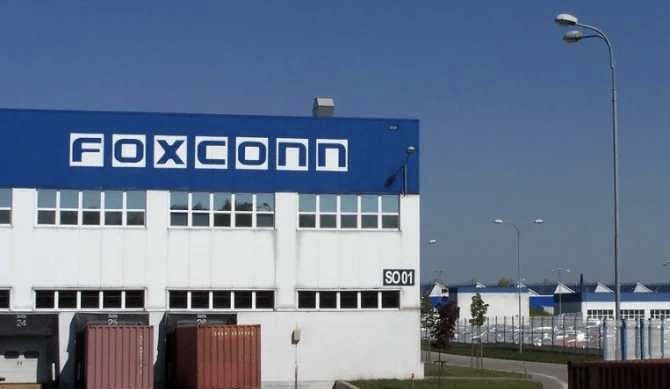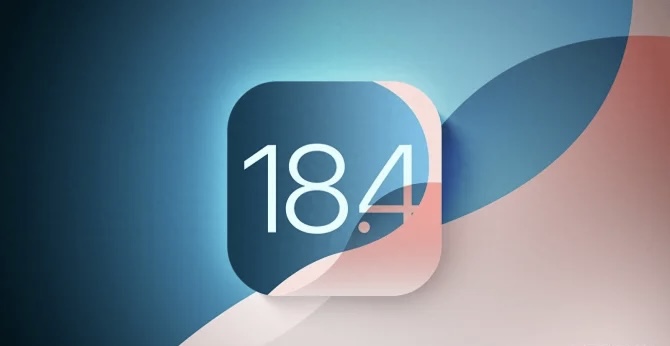Original article
Foxconn, the world’s largest electronics contract manufacturer, has long handled a significant portion of iPhone production for Apple. Beyond Apple, Foxconn was once a major manufacturing partner for Huawei, producing smartphones for the Chinese tech giant. However, Foxconn and Huawei parted ways during Huawei’s time of hardship. Fortunately, BYD stepped up to fill the gap, “replacing” Foxconn and securing all of Huawei’s production orders.
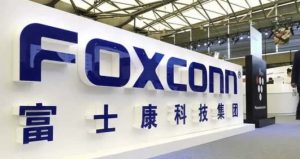
BYD Takes Over Huawei’s Orders
As a global leader in telecommunications equipment and a major smartphone brand, Huawei holds considerable influence in the mobile industry. At its peak, Huawei was among the largest smartphone brands globally.
According to market research firm Counterpoint, Huawei surpassed Samsung in the third quarter of 2020 to become the world’s largest smartphone brand by shipment volume. Securing a spot in Huawei’s supply chain is a massive opportunity for any supplier, offering significant business benefits.
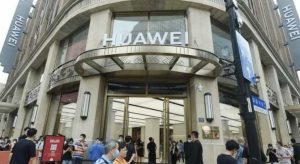
However, due to U.S. sanctions, Huawei’s market share has declined steadily, with restrictions imposed on key hardware and software technologies. In this critical moment, Foxconn decided to part ways with Huawei, ceasing its smartphone manufacturing services for the company. Huawei, despite its extensive in-house R&D capabilities, needed a reliable manufacturing partner. BYD stepped in and proved to be a crucial ally.

While many associate BYD solely with automotive manufacturing, the company is also a top-tier technology giant on the global stage.
Founded in 1995 as a battery manufacturer, BYD has since expanded its portfolio to become a leading player in electric vehicles, batteries, electronics, and renewable energy solutions. BYD has grown into the world’s second-largest electronics contract manufacturer, just behind Foxconn. Given its longstanding collaboration with Huawei, BYD naturally stepped up to take over all of Huawei’s smartphone manufacturing orders.
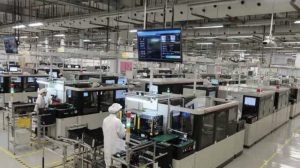
This collaboration is a win-win. Huawei resolves its manufacturing challenges, while BYD gains market share and strengthens its position. Together, they contribute to the advancement of the domestic supply chain in China.
Huawei Drives Upgrades in China’s Domestic Supply Chain

Over the past few years, Huawei has faced exclusion from international supply chains reliant on U.S. technology. Many U.S.-based components have been off-limits to Huawei unless the suppliers obtain special licenses.
Yet, this challenge has become an opportunity for China’s domestic industries. Huawei has shifted its supply chain focus inward, relying on domestic suppliers and investing heavily to foster their growth. As these companies progress, Huawei gains access to a more diversified and autonomous supply ecosystem.
For instance, Huawei’s Mate 60 Pro boasts a 90% domestic content rate, with no U.S.-made chips involved. Key components, such as displays, structural parts, optical lenses, and functional chip modules, all come from Chinese suppliers. Its flagship Kirin 9000S processor was even developed and manufactured entirely in China.

The Mate 60 series is more than just a smartphone release; it represents a pinnacle of domestic technology integration and symbolizes China’s progress in self-sufficiency and innovation. Huawei has partnered closely with numerous domestic suppliers, driving improvements in quality, technology, and competitiveness across the industry.

Huawei’s high standards for its suppliers have spurred advancements in manufacturing techniques and quality control, helping Chinese suppliers become more competitive on the global stage. If Chinese companies can produce high-end iPhones for Apple, they can undoubtedly overcome challenges to support Huawei.
Does Foxconn Regret Its Choice?
Huawei’s smartphone business is rebounding and regaining momentum. The Mate 60 Pro, launched in late August, along with subsequent models, has sparked massive consumer demand. Many view the Mate 60 series as Huawei’s comeback product, poised to regain market share both in China and globally.
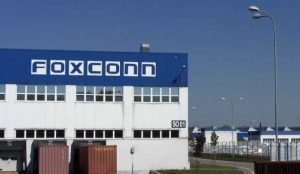
This surge in Huawei’s recovery spells potential trouble for Apple. With Huawei rising, one wonders if Foxconn regrets its decision to prioritize Apple over Huawei.
Foxconn chose to invest heavily in India to support Apple, setting up iPhone production plants and expanding its presence to manufacture other Apple products. However, India’s manufacturing landscape has been challenging. Reports suggest that up to 50% of iPhone 15 units produced in India faced quality issues, leading to consumer dissatisfaction.
Foxconn’s success in China was underpinned by the robust Chinese supply chain, which cannot be easily replicated in India. India’s workforce quality, infrastructure, and logistics remain significant hurdles for large-scale manufacturing.
Meanwhile, Huawei is staging its comeback in China with the support of domestic giants like BYD. The Mate 60 series’ overwhelming success highlights the strength of this partnership. BYD’s choice to collaborate with Huawei has proven astute, while Foxconn’s heavy bet on Apple may yield slower returns.
In conclusion, Huawei’s resilience and BYD’s strategic partnership demonstrate the potential for Chinese companies to thrive together. Foxconn may have chosen Apple, but Huawei’s rise suggests it may not have been the only—or the best—path forward.
If you agree, feel free to like, share, and leave a comment.





